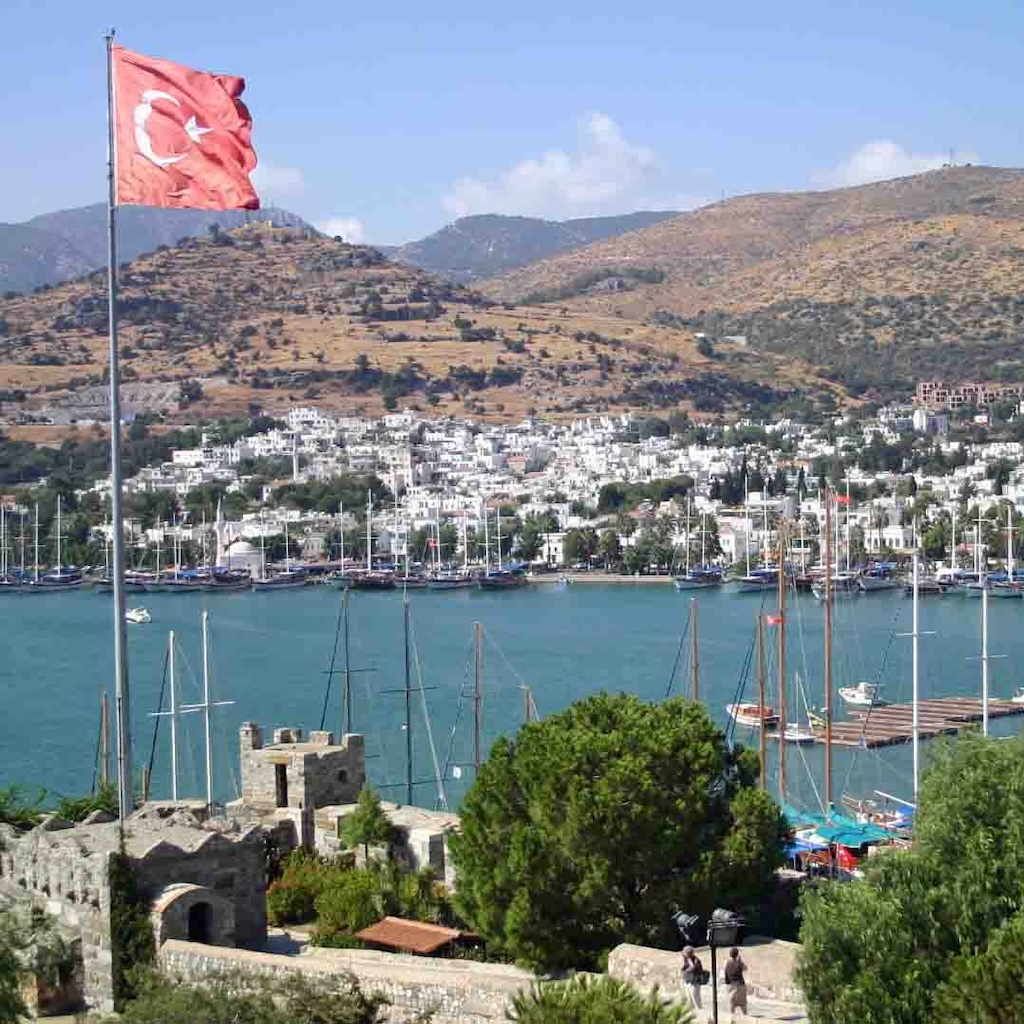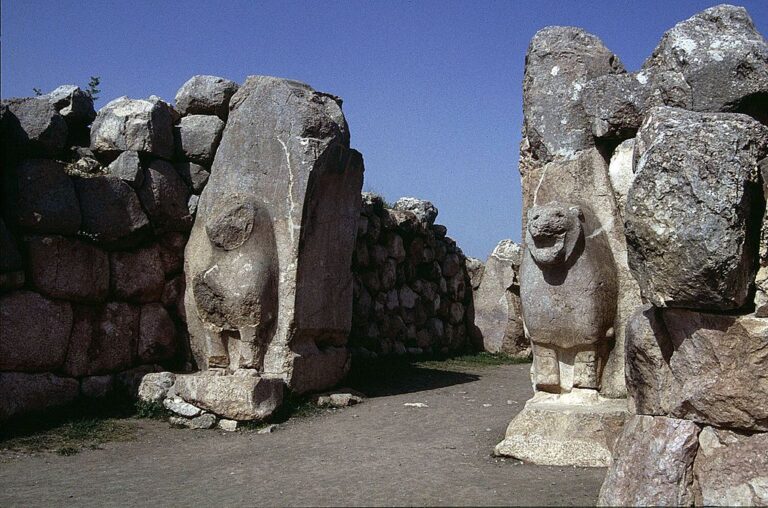Currency
TLVoltage
220VWater
VariableDialing
+90Arrival by boat Entry formalities
Clearance
All vessels must report to the harbour master upon arrival at the port of entry, where the entry procedure and the necessary offices to visit will be explained. You will be provided with a transit log, a document that must be stamped at every port you visit in Turkey.
Visa & Immigration
Other ressources
Noonsite.com maintains an updated worldwide database of formalities for pleasure crafts. Click here for more details.
Weather & Navigation
The Eastern Mediterranean Basin and the Black Sea experiences a variety of local and regional wind patterns.
These winds, often unique to specific areas, have significant implications for the weather, navigation, and even the culture of the regions they affect. Here are several local factors that influence the wind system, currents, and weather around Turkey:
Atmospheric pressure systems: The Azores High and the Icelandic Low pressure systems, along with their seasonal shifts, greatly influence the region’s climate and winds.
Regional climate factors: The Sahara’s heat, European cold fronts, and regional wind systems collectively contribute to the area’s complex weather phenomena.
Prevailing winds of the Aegean Sea
Meltem (Etesian)
The Meltem is the dominant wind of the Aegean, it can persist for days particularly during the summer months. These strong, dry, and gusty winds blow from the north or northeast with average speeds between 15-25 knots, but often reaching 30-40 knots.
Bora
The Bora is a cold, dry wind that blows from the northeast, originating from the Balkan Peninsula. It’s most common in winter and early spring. The Bora is known for its sudden gusts, which can reach up to 40-50 knots.
Sirocco
The Sirocco is a warm, dry wind that originates from the Sahara Desert, bringing with it dusty air. This wind typically appears in the spring and summer months, creating humid conditions and hazy skies.
Lodos (Libeccio)
The Libeccio, known as Lodos in Greece, is a southwesterly wind that brings moisture and unsettled weather, especially in the winter and autumn months. This wind can reach speeds of 15-25 knots, often accompanied by rain and sometimes thunderstorms.
Prevailing winds of the Black Sea
Karayel
The Karayel is a northwesterly wind that primarily affects the Black Sea during the winter months. It’s known for bringing abrupt drops in temperature, along with dry, gusty conditions. Notorious for its sudden strength, the Karayel often accompanies cold fronts.
Vardarac
Known for blowing down the Vardar River Valley in the Balkans, this wind sweeps into the western parts of the Black Sea. Like the Bora, it is cold and strong, typically occurring in the cooler months. It’s a northerly or northwesterly wind that can create brisk conditions along the western coastlines.
Meltem (Etesian)
More widely recognised in the Aegean Sea, the Meltemi reaches into the Black Sea during the summer months, but in a weakened form. It comes from the north or northwest and brings dry, stable weather with clear skies and cooler temperatures.
Bora
The Bora is a cold, dry wind that originates from the northeast, typically blowing off the Russian steppes. It’s especially common in winter, bringing sharp temperature drops and clear skies. It tends to funnel through mountain gaps, accelerating as it reaches coastal areas.

Currents in the Bosphorus Strait
The Mediterranean Sea receives freshwater inflow from major rivers such as the Danube, Dnieper, and Don, which creates a distinct layer of less saline water at the surface. This freshwater influx contributes to the formation of an outflow current, while denser, more saline Mediterranean water sinks as it flows through the Bosporus Strait.
Sailing itineraries in Turkey
A brief maritime history of Turkey
One of the most surprising discoveries in Turkey’s early history is Göbekli Tepe, thought to be the world’s oldest known temple complex, dating back to around 9600 BCE. Its massive stone pillars, intricately carved with animals and symbols, suggest this wasn’t just a shelter but a place of worship. It’s strange to think that, before the pyramids or Stonehenge, humans were organising complex rituals long before agriculture and sedentarization took root.

Long before the grand domes of Istanbul, the land was inhabited by the Hittites, an ancient people who, by 1600 BCE, controlled much of Anatolia. Their capital, Hattusa, now a UNESCO World Heritage Site, was an architectural marvel, with immense walls and gates adorned with lions and sphinxes. The remnants of Hattusa offer fascinating glimpses into how the Hittites organised their society and held control for centuries, trading silver and tin with their neighbours.
Anatolia was later swept up in the tides of Greek expansion. Settlements sprang up along the Aegean coast, many of which would become iconic city-states. By the 6th century BCE, Anatolia was under Persian control, but their influence was more administrative than cultural, as they let the local populations continue their customs. Over time, the region also fell under the sway of the Romans, who left their imprint through theaters and aqueducts.
Of course, Turkey’s role as a bridge between continents meant it was always at the center of strategic interest, both coveted and admired by neighbouring powers. Its geographical positioning allowed it to serve as a crossroads, where Eastern and Western influences met, shaped, and redefined each other. These interactions laid the groundwork for the region’s evolution into a cultural powerhouse, setting the stage for what would later become the Byzantine and Ottoman empires.



